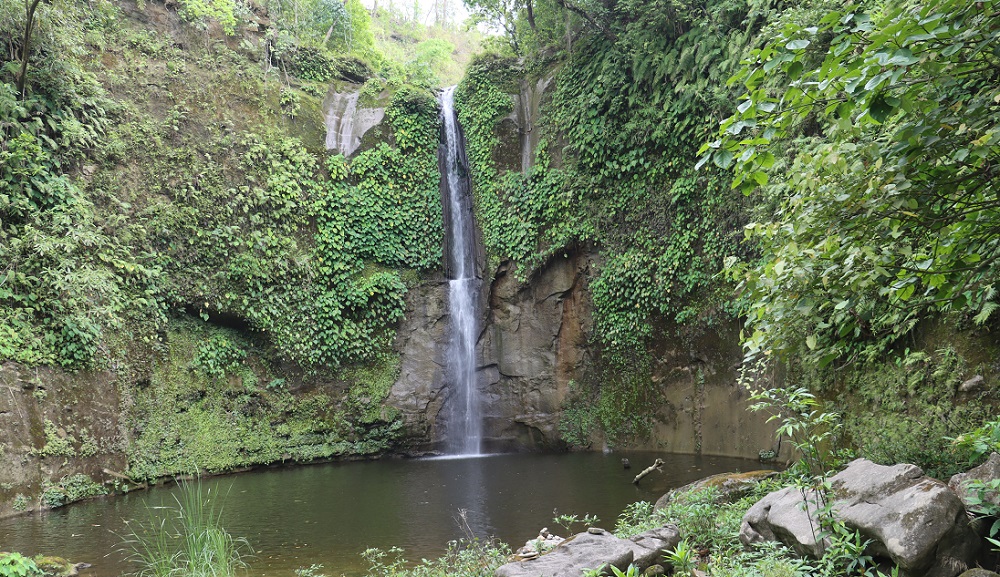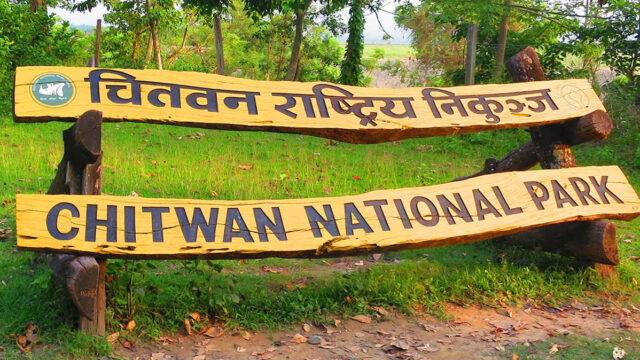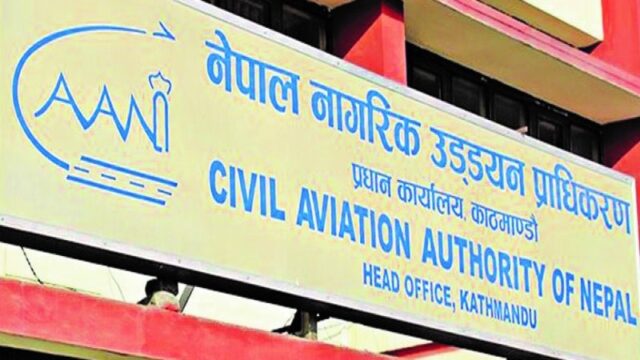Dhanalaxmi Waterfall: A Hidden Jewel of Madi
Dhanalaxmi Waterfall, Situated in the southern part of Chitwan district, the Madi Valley is renowned for its natural beauty, religious landmarks, and cultural significance. The region boasts prominent attractions like the Sameshwar Temple, Goddhak, Baikuntha Lake, and Ram Temple, drawing religious and nature-loving visitors alike. However, nestled deep within the forest and relatively unknown to many is the stunning Dhanalaxmi Waterfall, which has started to emerge as a potential hotspot for tourism development.
Falling from a height of approximately 60 meters, the waterfall is now being promoted as part of a broader initiative led by the Baikunthadham Area Management Committee to integrate its natural allure into the expanding tourism circuit of the Madi region. According to Rajkumar Pariyar, chairperson of the Baikunthadham Puja and Fair Management Main Committee, the waterfall is about a 90-minute uphill walk from Baikuntha Lake and has recently begun to draw the attention of nature explorers and trekkers.
Infrastructure in Progress Despite Budget Constraints
Pariyar stated that half of the stairway from the lake to the waterfall has already been constructed, with the remaining half planned for completion next year. “Due to limited budget availability, we haven’t been able to proceed as quickly as desired,” he said. “Even if we could just complete the footpath to the falls, it would significantly increase tourist footfall.”
Located to the south of the Khar Khata area on the Bharatpur–Madi–Thori Hulaki Highway, the site is accessible via a three-kilometer motorable road up to the forest edge. From there, a 20-minute hike leads to Baikuntha Lake, followed by another 90-minute trek to reach the Dhanalaxmi Waterfall. Despite the rugged journey, the site has begun receiving visitors, especially those seeking both spiritual and natural retreats.
Spiritual Legacy and Cultural Significance
Former Ward Chairperson Krishna Adhikari of Madi Municipality–8 shared the historical background of the region, noting that settlement in the area began around 2020–2022 B.S. The surrounding region has since gained a reputation for its religious events, especially during Bal Chaturdashi, when devotees gather to scatter hundreds of seed varieties in a symbolic act of spiritual purification.
According to Adhikari, a local legend suggests that wishes related to wealth and prosperity come true for those who visit the waterfall, hence the name Dhanalaxmi (Goddess of Wealth) Waterfall. Over time, the area has become a destination not only for Madi residents but also for pilgrims from neighboring districts and even bordering regions of India.
An Emerging Tourism Cluster
The Dhanalaxmi Waterfall is part of a broader spiritual and eco-tourism destination that includes Baikuntha Lake, Baikuntheshwar Shiva Temple, Kailash Parbat Viewpoint, Prem Daha (a serene pond), Manamoh Cliff, the confluence of two rivers (dui khola doban), Chamere Cave, and the Aranya Buddhist Monastery. These sites together offer a unique blend of adventure, spirituality, and natural beauty, steadily transforming Madi into a prominent tourist interest zone.
Adhikari emphasized that the growing popularity of Kantipur Collective Farming, community-run farm-stay options, and the Ayodhya pilgrimage route has strengthened the link between tourism and local communities, creating additional attractions beyond the traditional temple visits.
Local Government Committed to Development
Khem Prasad Mahato, Deputy Mayor of Madi Municipality, affirmed that a master plan for integrated development of the Baikuntha area has been proposed, with specific emphasis on improving access to the Dhanalaxmi Waterfall. “The waterfall is gaining attention, but it’s still hidden deep in the forest and not many people are aware of it. With proper promotion and infrastructure, this site can become a major tourist hub in the future,” he said.
Mahato also highlighted the urgent need for budget allocation and technical support, confirming the municipality’s intention to work closely with stakeholders to ensure sustainable development of the entire region, particularly eco-tourism around Baikunthadham.
Wildlife Encounters: A Double-Edged Sword
While Madi’s geographical layout offers captivating landscapes, its proximity to Chitwan National Park on three sides has posed both opportunities and challenges. The area is intersected by numerous seasonal rivers and is home to wild animals such as tigers and rhinos. Although wildlife tourism has flourished in other parts of Chitwan, in Madi, local residents often bear the brunt of wild animal encounters, suffering damage to property and crops.
In response, the municipality is formulating a strategy to minimize conflict and create protective infrastructure while still leveraging the natural surroundings to attract visitors. “We are aware of the difficulties faced by the locals due to wildlife, but the presence of such biodiversity can also be turned into an asset if managed properly,” added Deputy Mayor Mahato.
A Promising Destination Waiting to Bloom
The Dhanalaxmi Waterfall and its surrounding areas in Madi Valley present immense potential for eco-spiritual tourism. With the natural backdrop of forests, waterfalls, lakes, and religious shrines, this region offers a serene alternative to more commercialized tourist destinations. The combined efforts of local leaders, community groups, and the municipal government signal a promising future where tourism can drive both cultural preservation and economic development.
For this dream to materialize, however, timely investment in infrastructure, broader publicity, and sensitive conservation practices will be essential. If these efforts are aligned, Madi could soon stand out as one of Nepal’s most compelling offbeat travel experiences.






